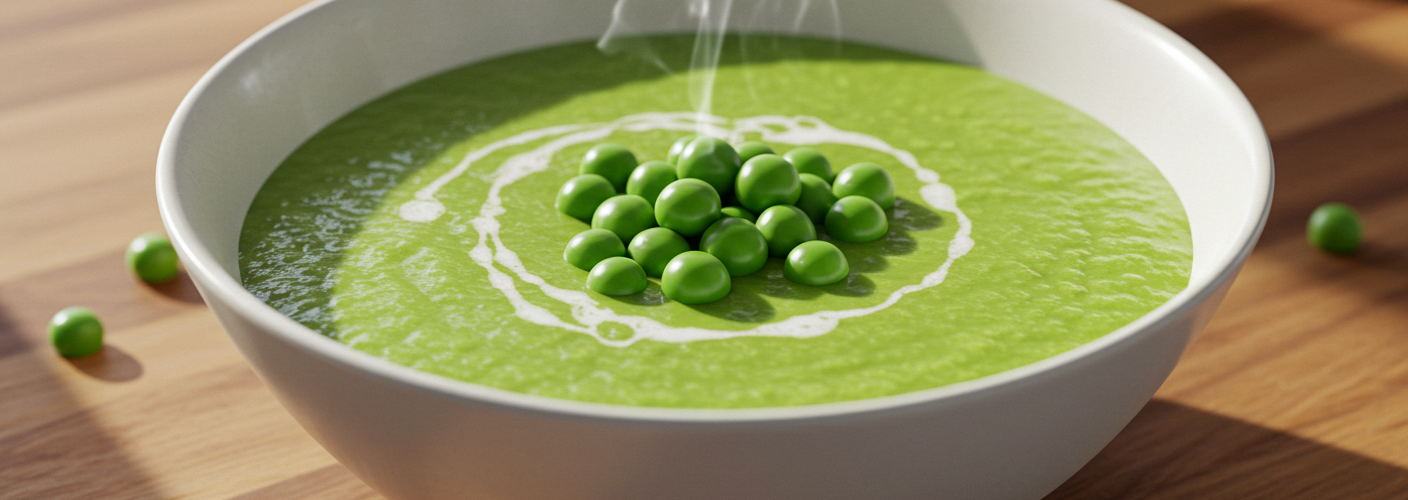As the chill of winter settles in, the craving for warm, hearty meals becomes almost irresistible. One dish that perfectly embodies cozy comfort during these colder months is Erwtensoep, the traditional Dutch pea soup. Known for its thick consistency and robust flavors, Erwtensoep is a beloved staple in Dutch cuisine that has warmed the hearts and stomachs of many for generations.
The Origins of Erwtensoep
Erwtensoep has its roots deeply embedded in Dutch history, dating back to the 16th century. Originally, the soup was a simple preparation of dried peas with water and a few spices. Over the centuries, however, the recipe has evolved, reflecting the Dutch love for hearty, filling meals during the long winter months. Traditionally, Erwtensoep is made using split green peas, which are an excellent source of protein and fiber. This makes the soup not only comforting but also nutritious.
The Perfect Bowl of Erwtensoep
The basic recipe for Erwtensoep consists of a handful of simple ingredients: split peas, water or broth, pork (often in the form of a smoked sausage), vegetables, and herbs. Carrots, leeks, and celery are commonly added, enriching the soup’s flavor and contributing to its bright green color. The key to a perfect Erwtensoep lies in the balance of flavors and the time allowed for the soup to simmer, which melds the ingredients together into a cohesive dish.
One of the defining characteristics of Erwtensoep is its thickness. The split peas break down during cooking, creating a velvety texture that can almost be described as porridge-like. This hearty consistency not only makes the soup filling but also ideal for serving on cold winter nights.
Personal Touches and Variations
While the traditional recipe is cherished, many households in the Netherlands add their personal twist when preparing Erwtensoep. Some might include a touch of nutmeg or bay leaves for additional aroma, while others might opt for vegetarian versions by substituting the pork with smoked vegetable products or additional legumes. This adaptability allows families to enjoy the essence of the dish while catering to personal preferences and dietary restrictions.
Pairing Erwtensoep
A bowl of Erwtensoep is often enjoyed with a slice of roggebrood (rye bread) or some crusty baguette, making it a complete meal. Many people sprinkle a bit of fresh parsley on top for a pop of color and freshness. Some even suggest a side of Dutch cheese to elevate the dining experience, as the unique flavor combinations complement the richness of the soup beautifully.
The Cultural Significance
In many Dutch households, Erwtensoep isn’t just food; it holds a deeper cultural significance. It is often associated with family gatherings and communal meals, emphasizing the importance of togetherness during the cold days of winter. This dish has woven itself into the fabric of Dutch life, with many people claiming that there’s nothing quite like a steaming bowl of Erwtensoep after a day spent in the crisp, cold air.
In conclusion, Erwtensoep is more than just a delightful soup; it is a representation of Dutch culinary tradition and comfort. Whether you’re gathering with family or enjoying a quiet evening at home, there is something undeniably special about a warm bowl of this nutritious pea soup. So, the next time you feel the winter chill, consider preparing a pot of Erwtensoep that will surely warm both the body and the soul.




Add comment